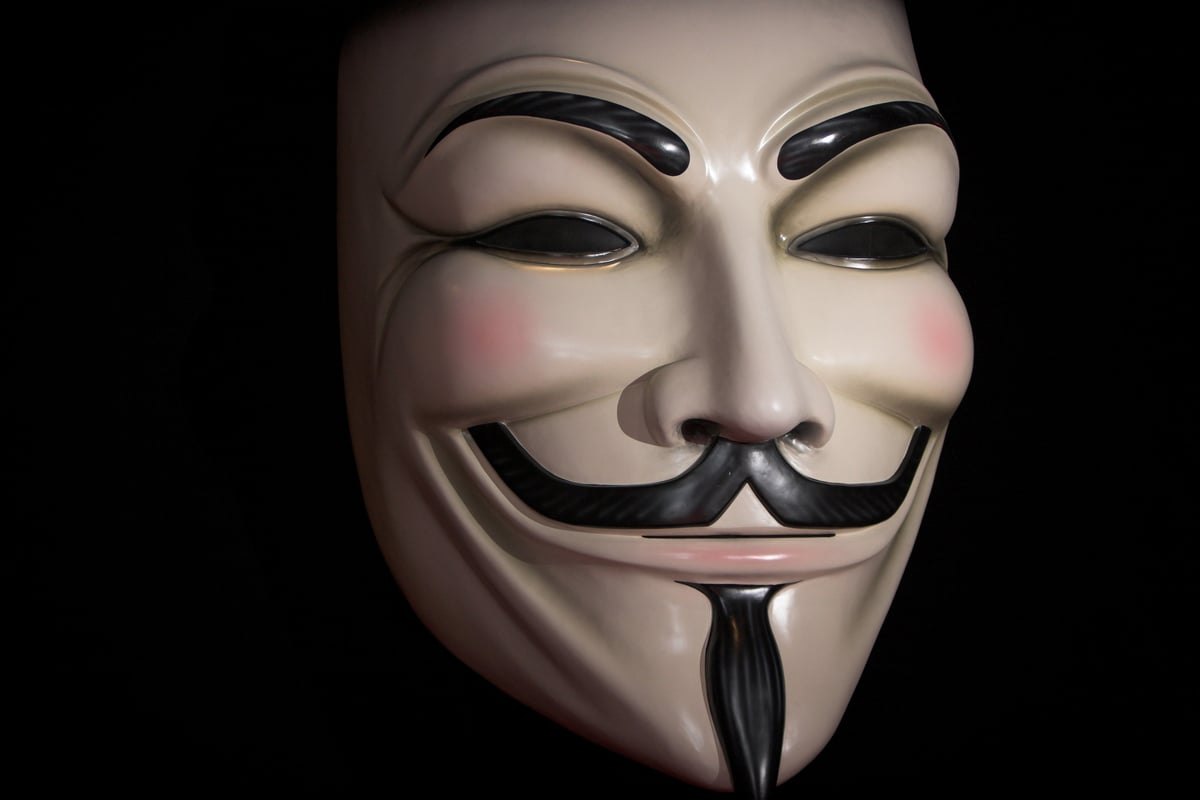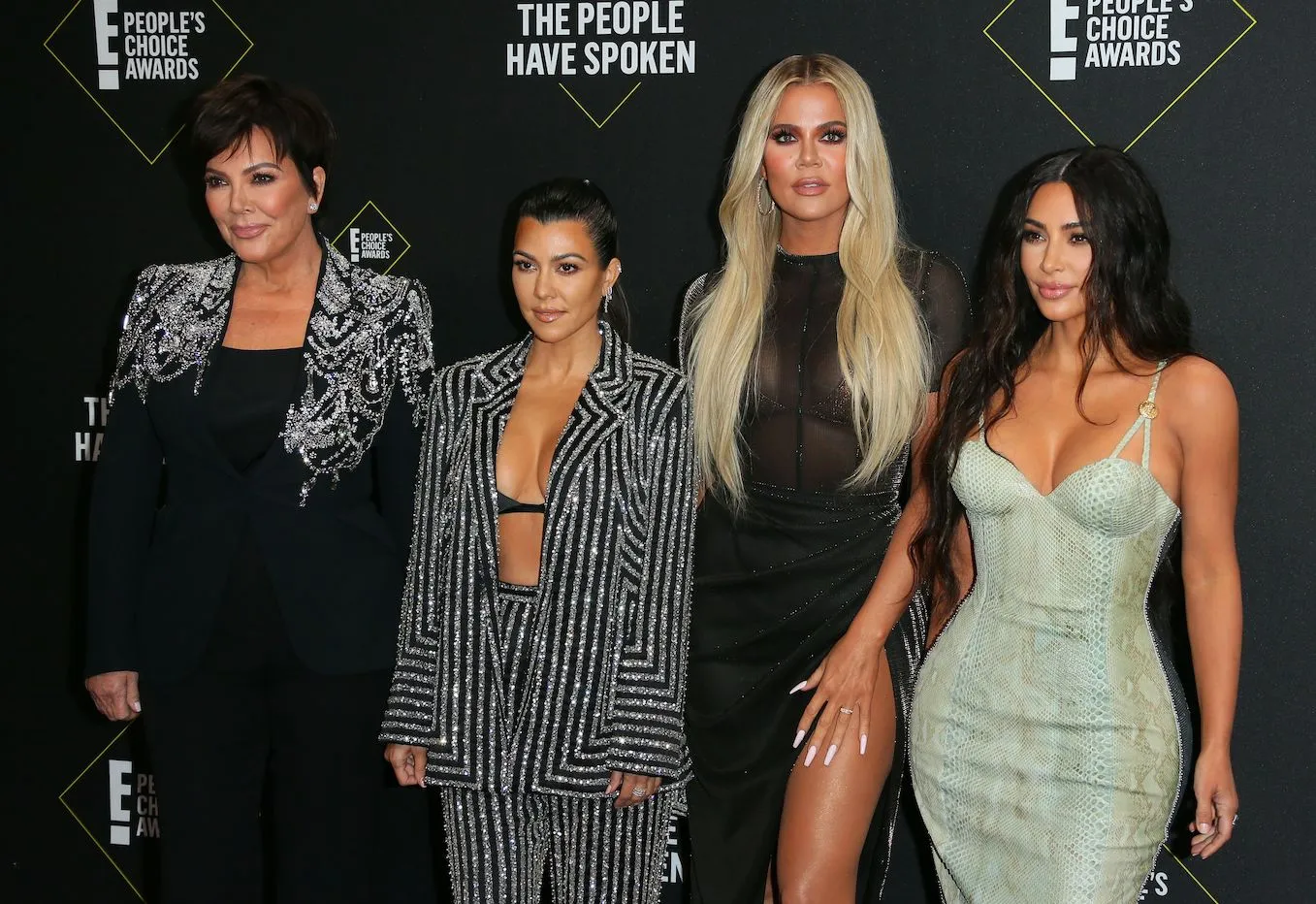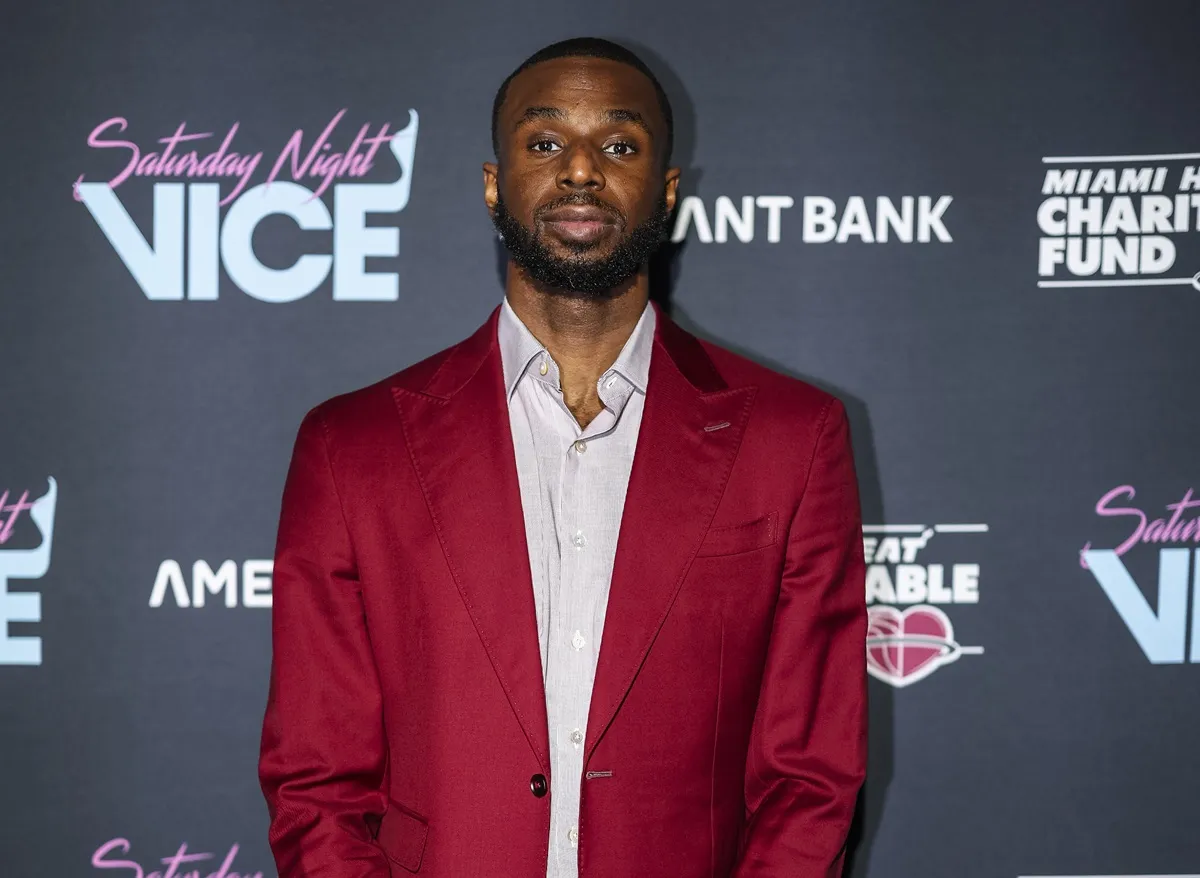‘V for Vendetta’: 5 Major Differences Between the Comics and Movie
Remember, remember the fifth of November, when V for Vendetta should have appropriately released in 2006. Alan Moore’s scathing critique of fascism and complacency in 1988 came as a direct response to the English government in the 80s and 90s. However, some fans note that it is more relevant now more than ever. Here are five major differences between V, Natalie Portman’s Evey, and the plot in the V for Vendetta comics and the movie.

V’s vocabulary is not very loaded with V-words
One of the most recognizable quirks in the V for Vendetta comes from Hugo Weaving‘s V speaking every line packed with V-words.
With lines like “Voila! In view, humble vaudevillian veteran, cast vicariously as both victim and villain by the vicissitudes of fate,” it sounded like he swallowed a thesaurus at times. This marks the first major difference between the V for Vendetta comics and the movie.
The second big difference revolves around V himself being a much more rounded character in the movie. In the comics, V does have an impressive vocabulary with love for literature. However, V has his goals, and he does not care who he has to kill to reach them.
The movie builds more of the man behind the Guy Fawkes mask. Revenge still drives the character, but he has a softer side, especially with Portman’s Evey. When considering Chris Hemsworth’s Thor, Portman seems to have that effect on people.
Speaking of Evey Hammond, she saw two significant changes as well.
The ‘V for Vendetta’ comics did not feature a romance between Evey and V
Much like V, the third significant difference comes from Evey. In the comics, she serves as a background character to V. Evey acts as the audience’s point of reference in the story.
In the film, however, Natalie Portman‘s Evey grows into a hero in her own right. She helps in V’s overthrow of the oppressive powers.
V and Evey even start a romance in the V for Vendetta movie, which marks the fourth major change from the comics.
The comics do not even hint at a romance between V and Evey. At best, V mentors Evey to become his eventual replacement.
However, in the movie, a clear romantic tension grows between the two characters.
It “not only helps to humanize V but gives his revenge quest a more altruistic purpose,” Screenrant said. “For V to succeed, it isn’t enough to fight against a totalitarian government if you aren’t also fighting for a better future for those you love.”
Fans sympathized with John Wick’s revenge quest because he love his dog, or Jeremy Renner’s darker turn with Hawkeye in Avengers: Endgame. The reason for V’s fight leads into the final and possibly most significant change.
In the ‘V for Vendetta’ comics V did not inspire a public movement
The final major difference comes from the public’s involvement in the plot. In the V for Vendetta movie, V grows into a symbol of the people. His message reached the people of London in various ways. In the final scene, a crowd gathers in Guy Fawkes masks to see the Houses of Parliament destroyed.
The comics tend to focus almost exclusively on their major characters. V, Evey, Detective Finch, and the corrupt officials take much of the page time.
Even in the end, when the people decide to take action, it focuses more on the insurgence, riots, and Finch’s reaction.
While directors Lana Wachowski and Lilly Wachowski, who also directed Jupiter Ascending, made the V for Vendetta comics and movies different, they both carry a strong message about people holding the government accountable.
So remember, remember the fifth of November, The Gunpowder treason and plot, because I know of no reason Why the Gunpowder treason Should ever be forgot.


